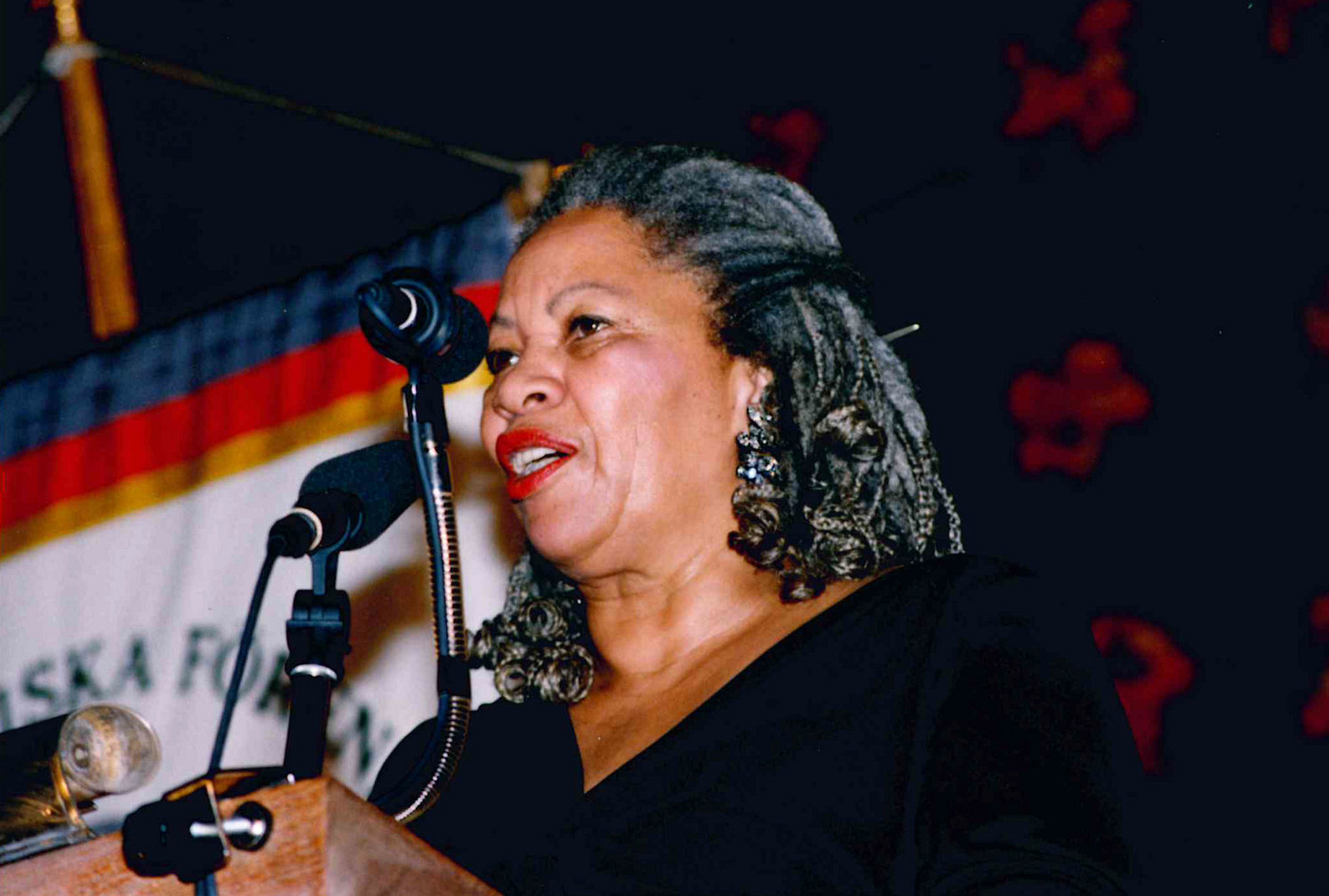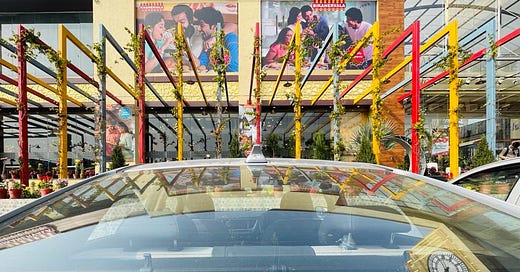EPISODE #6 SMALL IS BIG: TIME MSMEs CLAIMED BUDGET CENTRE STAGE
For long politicians have talked up the small scale sector. Time to walk the talk
Hi Everyone,
A very happy Monday to you.
Apologies for the delay. Just returned after travelling some 600 km across the states of Haryana, Uttar Pradesh and Uttarakhand. Captured several lessons:
Stretches of the highway are comparable to the best in the world; more power to Nitin Gadkari our energetic roads minister;
Wrong side driving is a bigger epidemic than covid-19; undoing all the good infrastructure work by endangering road safety.
FASTag is fantastic innovation but is still a work in progress and needs to be integrated with tolls levied on state highways.
Worryingly, mask discipline is not uniform.
Saturday was a big day in India’s battle with covid-19. The world’s largest vaccine exercise was successfully launched. Yes, there were some glitches but nothing the medical fraternity red flagged. Simply amazing how India, despite its inadequate infrastructure, (almost) always, gets it right for the big occasions. Trick is how do we do this on a daily basis.
The week ahead is going to see a baton transfer of the US Presidency. The entire world will be tuning in on Joe Biden’s moment on 20 January. Not just to watch the celebration, but also to see if civil unrest rears its ugly head once again.
Back home we are entering the final leg of the preparation for the union budget. This week, taking up a request from Gautam, I flag the idea of small is big—a metaphor capturing the potential (yet unrealised) of the small and medium scale units. I make the case that this could be their moment when they claim policy centre stage. And thank you Rahul Sharma for providing me the very striking cover pix.
Once you have read this post, please, please do drop me an email with your thoughts or ping me on twitter at @capitalcalculus. It is key to growing this newsletter. A big shout out to once again to Gautam, Balesh, Kapil, Krishnendu and Yugainder for going the extra mile to share their thoughts. Would be nice if more of you joined the act. And, many thanks to readers (few, yet precious) who hit the like button 😊.
If you are not already a subscriber, please do sign up and spread the word.
Read on.
SMALL IS BIG
In less than a fortnight from now Finance Minister Nirmala Sitharaman will present her much awaited union budget for 2021-22 on 1 February. Urged on by a combination of the FM’s recent statements and the inclement economic circumstances there is considerable build-up of expectations around the budget. Several sectors are hoping the FM will shine the limited fiscal spotlight on them. More than who makes the cut, it will be a case of who the fiscal largesse ignores.
There is however one sector which looks like an automatic shoe-in for the priority list of the FM: the Micro, small and medium Enterprises (MSMEs). To be sure they are already on the policy radar with the union government’s Atmanirbhar strategy making them a focus.
The upcoming budget may be the point wherein the government, working in tandem with the Reserve Bank of India, will tilt the scales by addressing the biggest challenge faced by the MSME sector: access to credit. An evolving constellation of circumstances may have just provided the FM a perfect opportunity to make this a watershed moment for the MSME sector.
If indeed the FM does follow through then not only will it make for good economics but will also be another instance of good politics too.
The Neglect
For long politicians and policy planners have waxed eloquent about MSMEs but rarely walked the talk.
And this despite:
MSMEs contributing about 30% of the country’s gross domestic product;
Contributing about 40% of exports;
Employing about 110 million, approximately a quarter of the country’s workforce;
Being a key element in the supply chain.
Further, there are several stand-out features of this sector which make a compelling case for them: The MSME units have an amazing appetite for risk, are resilient, quick to adapt to change and get by with very little. In short the MSMEs have the potential to be a force multiplier.
Yet they are also extremely vulnerable, especially given the fact that rarely have a safety net to cushion the shock. For one, they are like a cog in the wheel; at the bottom of the supply chain. Hence they are defenceless at times of disruptions impacting big industry—as we witnessed over the last one year when large swathes of the economy were devastated following the lock down to combat the spread of the covid virus.
Second, their access to formal credit lines is very limited. Given the informal nature of their status most MSMEs just don’t have the metrics, mostly a throwback from the old economy, to qualify for a commercial bank loan.
The Opportunity
There is good news though.
The entire landscape for lending to MSMEs is beginning to alter due to a new constellation of circumstances.
In the last decade since the launch of Aadhaar (the project which gave a unique ID to all residents) India has invested heavily in effecting a behavioural change: from cash to digital. This is now beginning to pay off.
The infamous demonetisation of high value currencies provided one of the big nudges initially. The launch of innovative payment products thereafter like Unified Payments Interface, National Electronic Toll Collection and the Bharat Bill Pay Service (BBPS)—all of which are built around the unique identity provided by Aadhaar—are accelerating this transformation. The tipping point came when the RBI enabled e-KYC using Aadhaar.
The covid-19 pandemic struck and enforced social distancing, providing the circumstance to take this digitalisation process to the next stage. As a result, cash is no longer king in the Indian payment landscape. Instead it has evolved to one which allows for multiple payment products that are digital in nature.
An ideal moment then for innovative fintech-based ventures to create a viable niche for themselves. In fact, several are already in play. One category piggy backs on existing banks (some call these neo-banks) and there are others experimenting with entirely new metrics like GST receipts, cash flows to offer credit to MSMEs—adding an incredible chapter to the recent upward trend in financial inclusion. They mine the data generated by business to make them credit worthy—as opposed to the traditional lazy banking model linked to collateral.
Take Mumbai-based Indium Finance which is targeting MSMEs to extend collateral free business loans and flexi working capital to fund seasonal business requirements. You can get the drift. By being credit-enabled MSME units are being partially de-risked, making them attractive for commercial loans. This kind of credit empowerment can only translate into more business activity for them.
This model of embedded lending is now about to get scale with the imminent launch of OCEN or Open Credit Enablement Network. The idea is here is similar. Tap the data generated by business (like cash flow, GST receipts) and monetise them. Exactly why they say data is the new oil.
To sum up then, the growing digital footprint of India is creating a credit history in its wake. Now thanks to big data, this can be mined to provide create financial muscle in MSMEs (the same template can be extended to individuals too). Banks, if they are smart, can tap this new demand; alternatively fintechs and new age ventures will step in.
Indeed exactly why this is a perfect opportunity for the union budget to take this transformation to the next level. Provide the big nudge. The pandemic has already shown us that MSMEs are digital ready. A recent study by rating agency Crisil reports that prior to the pandemic little over one in four were using digital channels; post-pandemic this proportion is one in two!
Over to FM Sitharaman.
Recommended Reading
During one of my online rambles I stumbled upon this incredible read: the acceptance speech of Toni Morrison for the Nobel Prize.

It is the most compelling rendering of the power of language. If any of you have similar reading suggestions, please do share.
Till we meet again next week. Stay safe.



